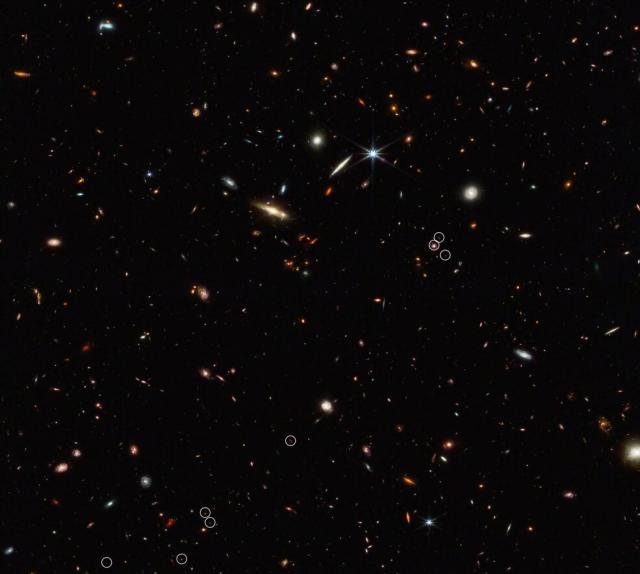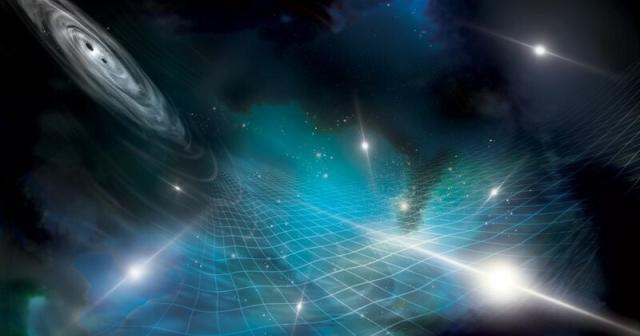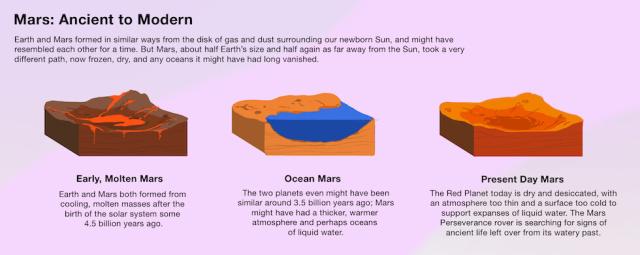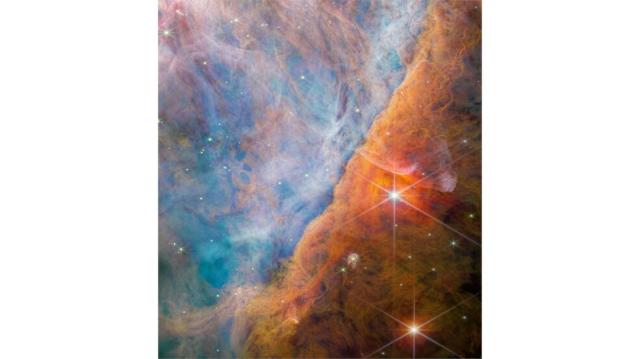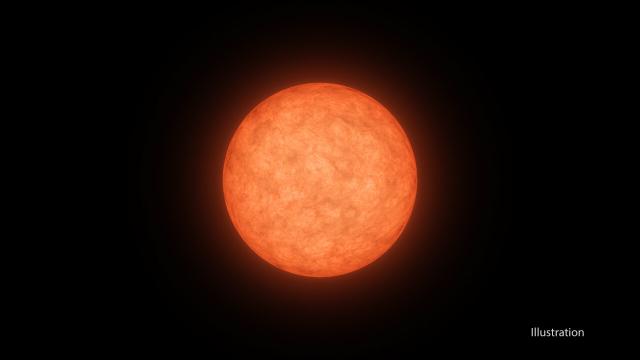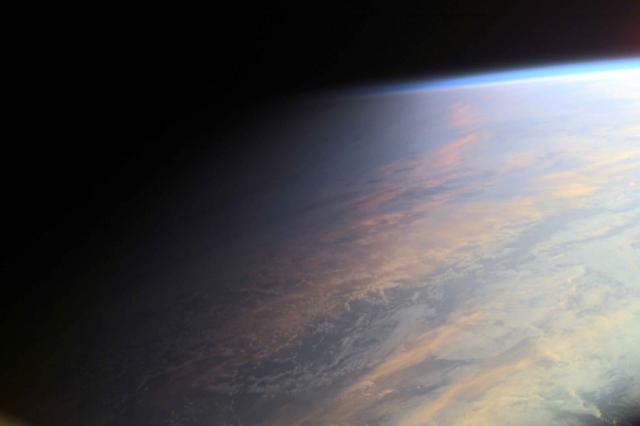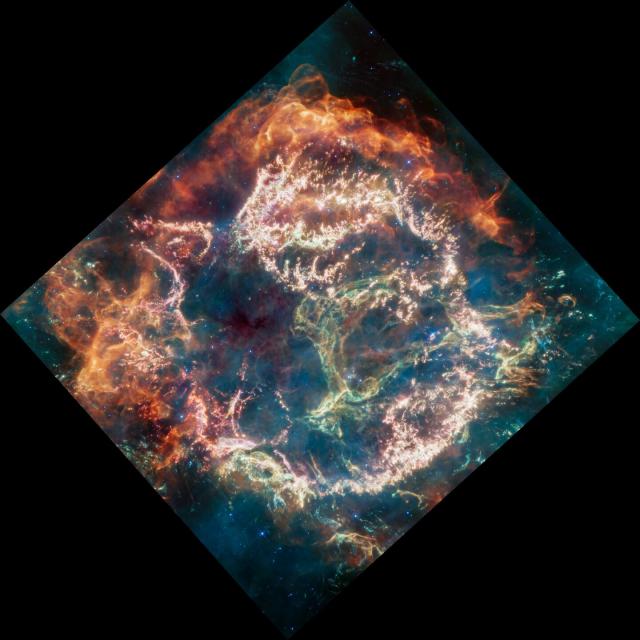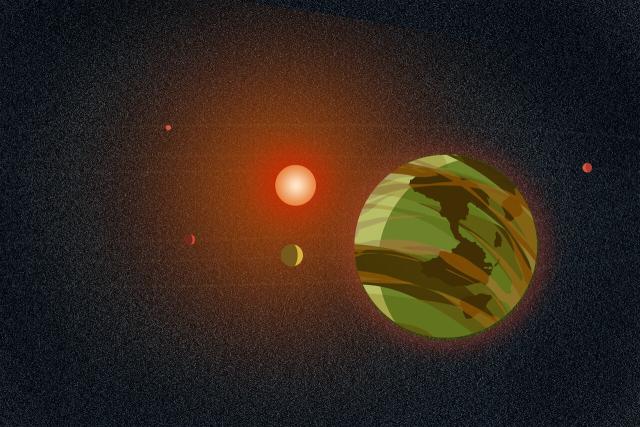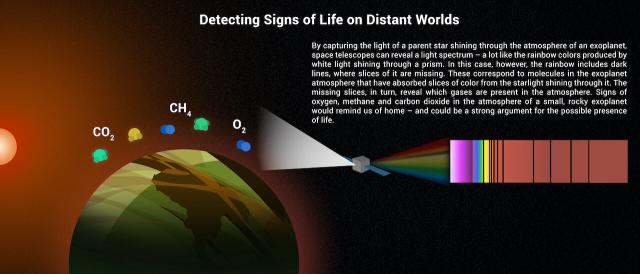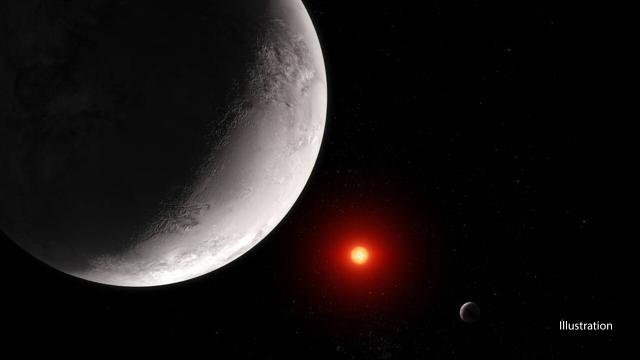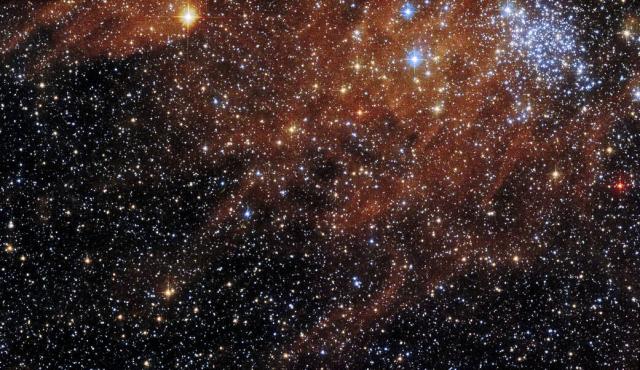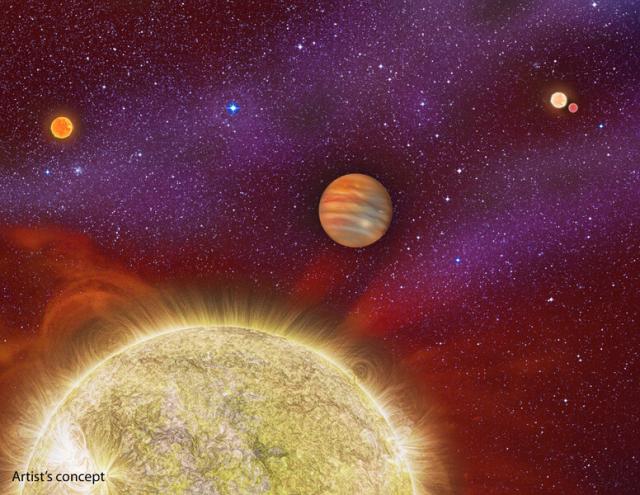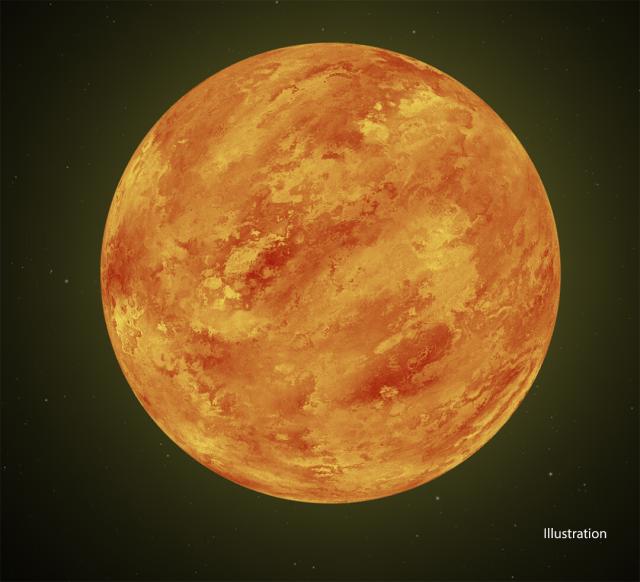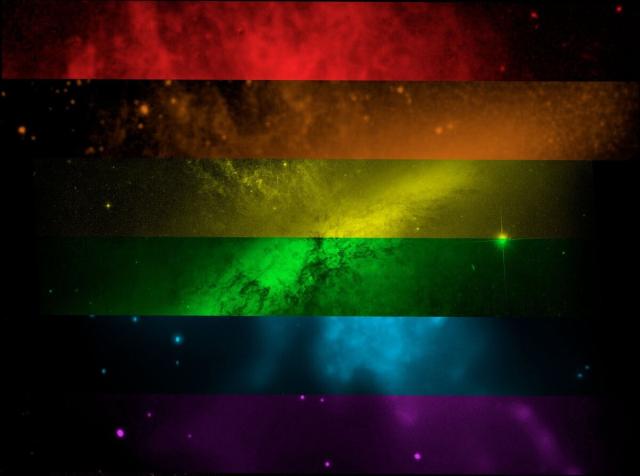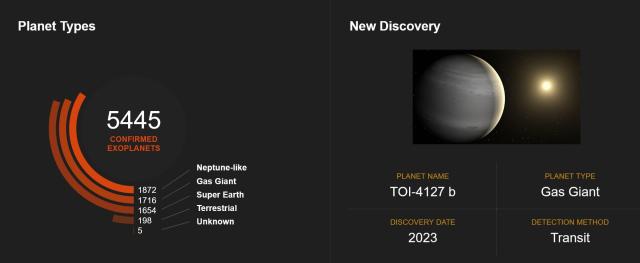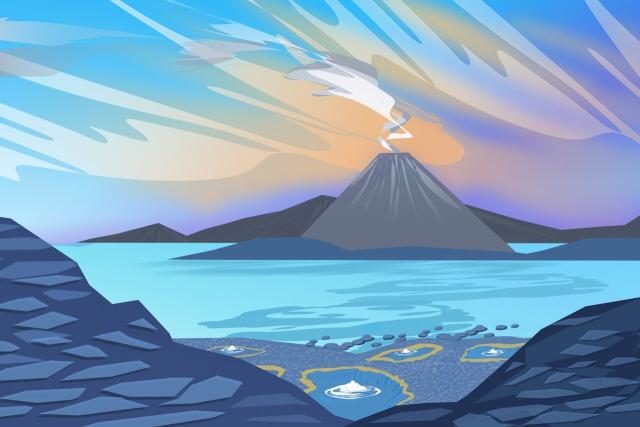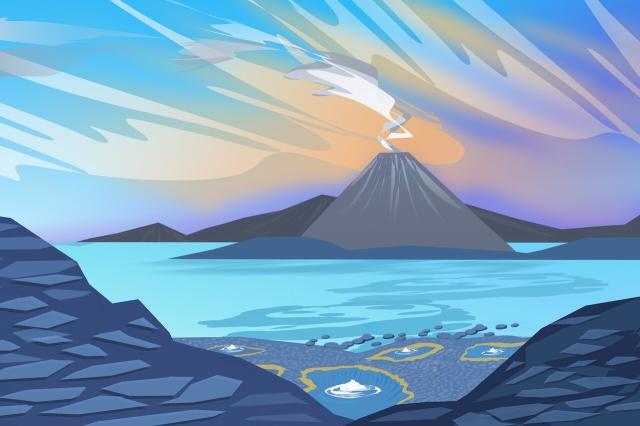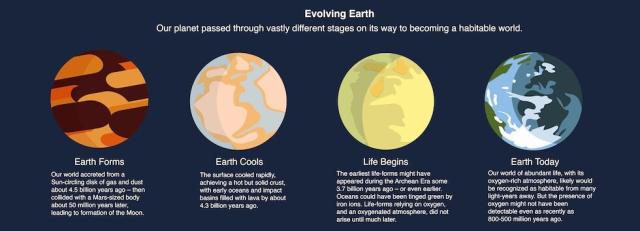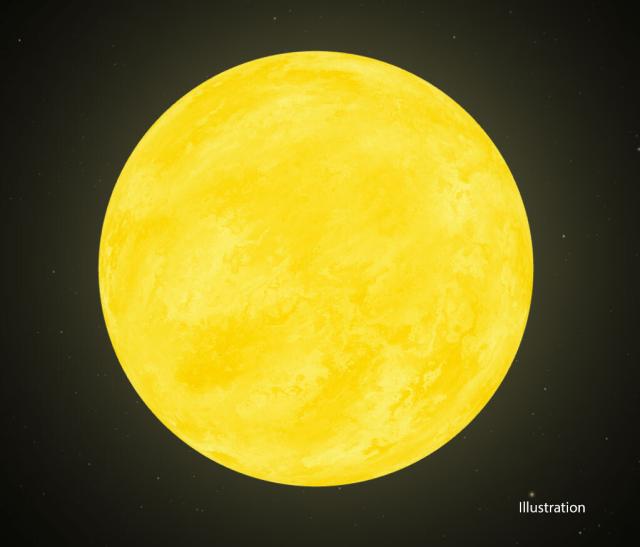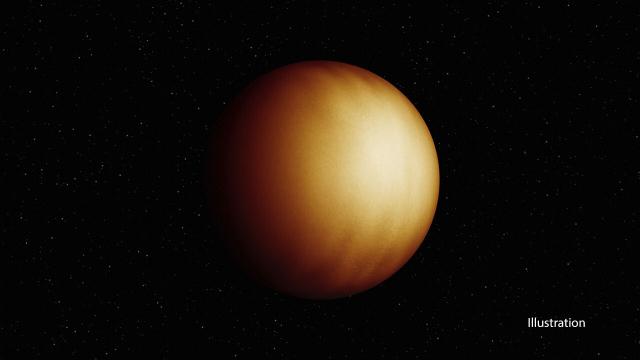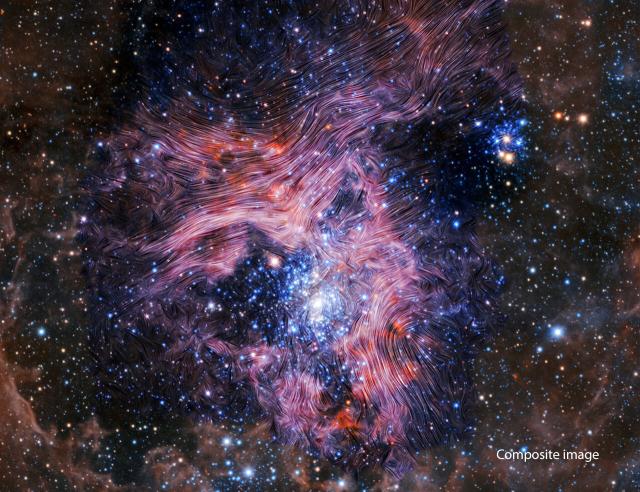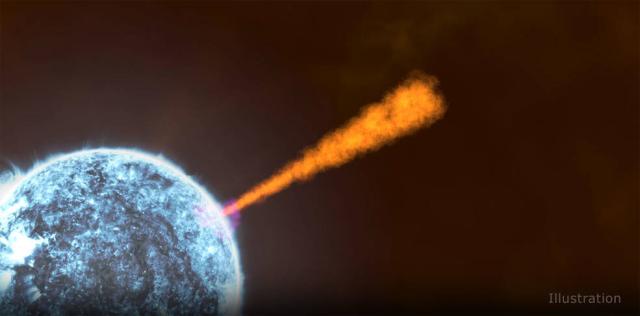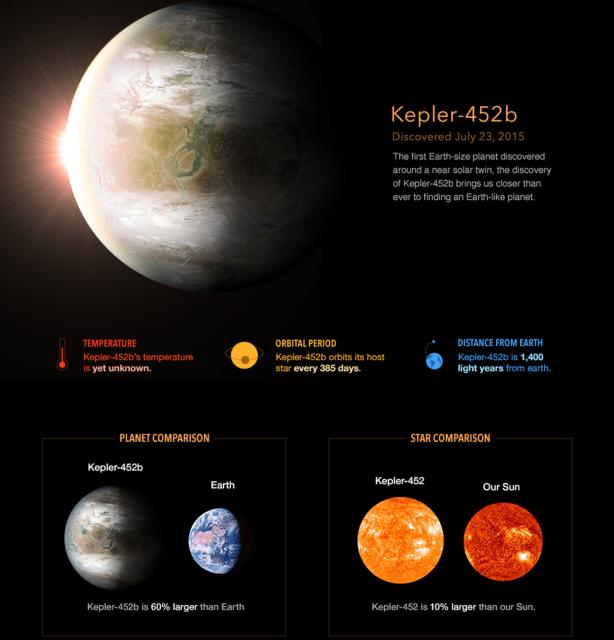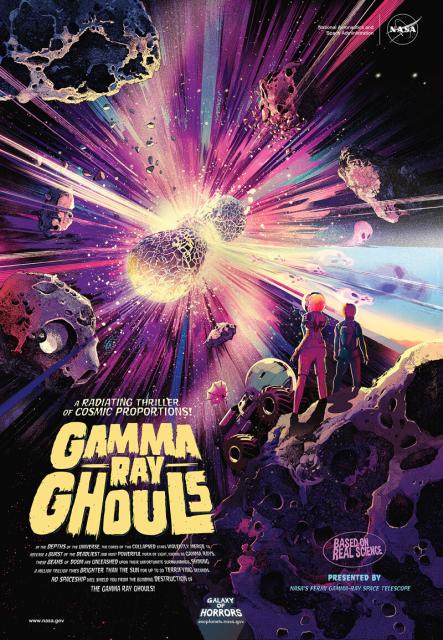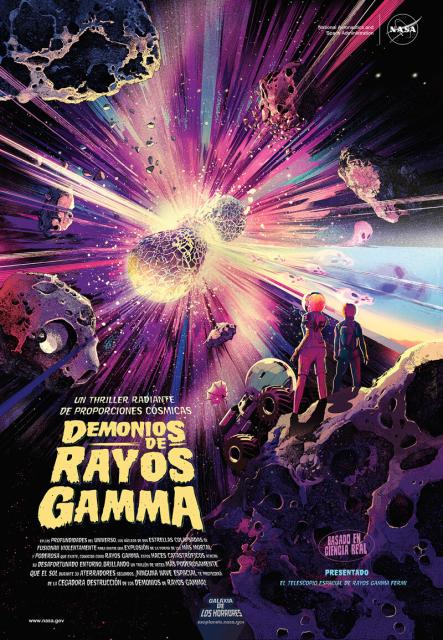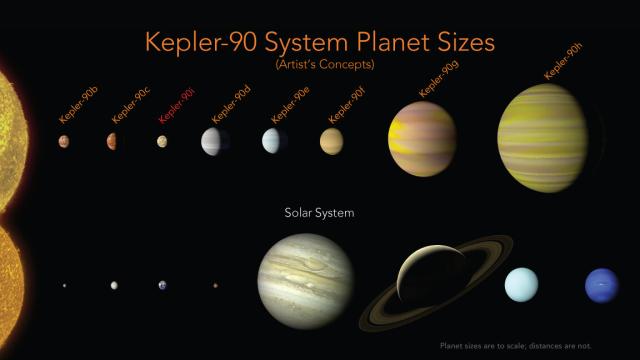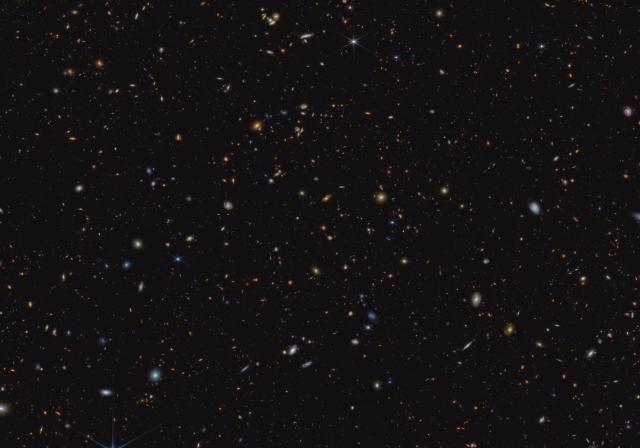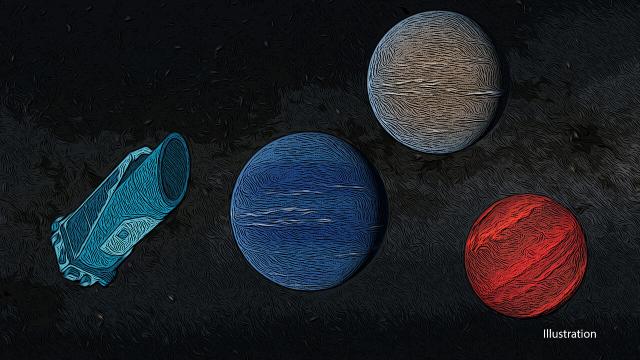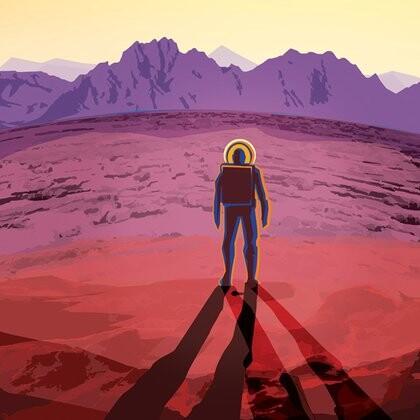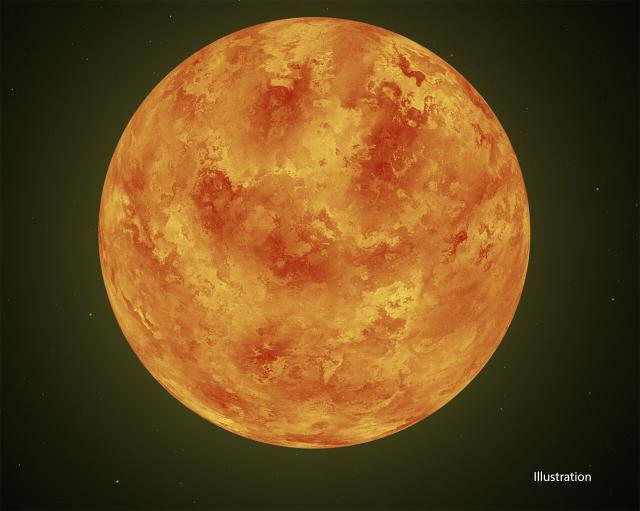Search
Items tagged with: NASAExoplanets
#NASAExoplanets
NASA’s Webb Identifies the Earliest Strands of the Cosmic Web
Astronomers using NASA’s James Webb Space Telescope have discovered a thread-like arrangement of 10 galaxies that existed just 830 million years after the big bang.Jessica Evans (NASA)
#NASAExoplanets
15 Years of Radio Data Reveals Evidence of Space-Time Murmur
Scientists have found evidence of a universal background of gravitational waves, or ripples in the fabric of space-time.NASA Jet Propulsion Laboratory (JPL)
#NASAExoplanets
NASA’s Laser Communications Relay: A Year of Experimentation
NASA’s first two-way laser relay system completed its first year of experiments on June 28 – a milestone for a game-changing technology that could be the future for sending and receiving data from space.Katherine Schauer (NASA)
#NASAExoplanets
The Hunt for Life on Mars – and Elsewhere in the Solar System
The search for life within our solar system, already begun on Mars, soon will extend to distant, icy moons.Exoplanet Exploration: Planets Beyond our Solar System
#NASAExoplanets
#NASAExoplanets
#NASAExoplanets
Webb Makes First Detection of Crucial Carbon Molecule
This molecule, never before seen in space, is believed to be a cornerstone of interstellar organic chemistry.Madison Olson (NASA)
#NASAExoplanets
90 light-years away, there's a cool exoplanet with pretty good atmosphere.
exoplanets.nasa.gov/news/1685/…
#NASAExoplanets
Discovery Alert: a 'Cool' Planet – with Plenty of Atmosphere?
A newly discovered, Neptune-like planet some 90 light-years away might possess a robust atmosphere – and perhaps even a 'tail.'Exoplanet Exploration: Planets Beyond our Solar System
There isn't a consensus on requirements for life beyond Earth. But those who research life’s origin suggest a few likely “must-haves'' to spot: water, energy and, perhaps, an imbalance in atmospheric gases. go.nasa.gov/43SiabU
#NASAExoplanets
Life on Other Planets: What is Life and What Does It Need?
New technology and deeper understanding are moving us closer to detecting signs of life on another world.Exoplanet Exploration: Planets Beyond our Solar System
bit.ly/446I2Ai
#NASAExoplanets
Tidally locked planets (Earth at Twilight) - Exoplanet Exploration: Planets Beyond our Solar System
For a tidally locked planet there is no day or night, only freezing darkness on one side and burning constant sunlight on the other.Exoplanet Exploration: Planets Beyond our Solar System
Space telescopes help us explore our origins, like how materials from bygone stars help form our bodies. So whenever you see a space pic, consider it an elemental selfie connecting you to the universe! #NationalSelfieDay📷: @NASAWebb
#NASAExoplanets
#NASAExoplanets
Life on Other Planets: What is Life and What Does It Need?
New technology and deeper understanding are moving us closer to detecting signs of life on another world.Exoplanet Exploration: Planets Beyond our Solar System
#NASAExoplanets
Life on Other Planets: What is Life and What Does It Need?
New technology and deeper understanding are moving us closer to detecting signs of life on another world.Exoplanet Exploration: Planets Beyond our Solar System
#NASAExoplanets
nasa.gov/image-feature/goddard…
#NASAExoplanets
Hubble Spots Bright Splash of Stars Amid Ripples of Gas and Dust
Open cluster KMHK 1231 is a group of stars loosely bound by gravity. Seen in the upper left of this Hubble Space Telescope image, this cluster in the Large Magellanic Cloud is surrounded by a crimson nebula of gas and dust extending both to the right…Andrea Gianopoulos (NASA)
#NASAExoplanets
Four-fathers: New exoplanet discovery part of a quadruple-star system
Astronomers have discovered the second known case of a planet residing in a quadruple star system. The planet was known before, but was thought to have only three stars, not four.Exoplanet Exploration: Planets Beyond our Solar System
#NASAExoplanets
#NASAExoplanets
#NASAExoplanets
Discoveries Dashboard | Discovery – Exoplanet Exploration: Planets Beyond our Solar System
See the latest real-time data dashboard from NASA on exoplanet discoveries, planet types, and more.Exoplanet Exploration: Planets Beyond our Solar System
exoplanets.nasa.gov/news/1761/…
#NASAExoplanets
Beginnings: Life on Our World and Others
The first story in a six-part series on NASA's Search for Life takes a close look at the origin of our solar system, and the building blocks of life.Exoplanet Exploration: Planets Beyond our Solar System
#NASAExoplanets
#NASAExoplanets
Beginnings: Life on Our World and Others
The first story in a six-part series on NASA's Search for Life takes a close look at the origin of our solar system, and the building blocks of life.Exoplanet Exploration: Planets Beyond our Solar System
#NASAExoplanets
#NASAExoplanets
That's how many planets beyond our solar system we've confirmed. We've found planets with three stars, planets without stars, and planets orbiting the cores of stars. Each one is a wonder. Exoplanets.nasa.gov
#NASAExoplanets
Exoplanet Exploration: Planets Beyond our Solar System
NASA’s Exoplanet Exploration Program, the search for planets and life beyond our solar system.Exoplanet Exploration: Planets Beyond our Solar System
#NASAExoplanets
We're going to Europa – together – next year. #SendYourName on the @EuropaClipper spacecraft: europa.nasa.gov/message-in-a-b…
#NASAExoplanets
Sign Your Name to Europa Clipper's Message in a Bottle
You're invited to #SendYourName to Jupiter's moon Europa by signing a poem by U.S. Poet Laureate Ada Limón that will travel aboard NASA's @EuropaClipper spacecraftNASA's Europa Clipper
#NASAExoplanets
Discovery Alert: Webb Maps and Finds Traces of Water in an Ultra-hot Gas Giant's Atmosphere
Scientists used the Webb Telescope identified water vapor in the atmosphere of WASP-18 b, and made a temperature map of the planet as it slipped behind, and reappeared from, its star.Exoplanet Exploration: Planets Beyond our Solar System
#NASAExoplanets
#NASAExoplanets
Brightest Cosmic Explosion Ever Detected Had Other Unique Features
Observations by NASA’s NuSTAR X-ray telescope give astronomers new clues about the brightest and most energetic gamma-ray burst ever detected.Tony Greicius (NASA)
#NASAExoplanets
NASA Looks Back at 50 Years of Gamma-Ray Burst Science
Fifty years ago, on June 1, 1973, astronomers around the world were introduced to a powerful and perplexing new phenomenon called gamma-ray bursts, now seen somewhere in the sky about once a day on average.Francis Reddy (NASA)
#NASAExoplanets
#NASAExoplanets
Gamma Ray Ghouls - Exoplanet Exploration: Planets Beyond our Solar System
In the depths of the universe, the cores of two collapsed stars violently merge to release a burst of the deadliest and most powerful form of light, known as gamma rays.Exoplanet Exploration: Planets Beyond our Solar System
#NASAExoplanets
Discovery of eight planets makes alien system the first to tie with our solar system
Our solar system now is tied for most number of planets around a single star, with the recent discovery of an eighth planet circling Kepler-90, a Sun-like star 2,545 light years from Earth.Exoplanet Exploration: Planets Beyond our Solar System
not the cold distance of space''
Send your name to Europa: europa.nasa.gov/message-in-a-b…
#NASAExoplanets
Sign Your Name to Europa Clipper's Message in a Bottle
You're invited to #SendYourName to Jupiter's moon Europa by signing a poem by U.S. Poet Laureate Ada Limón that will travel aboard NASA's @EuropaClipper spacecraftNASA's Europa Clipper
#NASAExoplanets
Early Universe Crackled With Bursts of Star Formation, Webb Shows
Among the most fundamental questions in astronomy is: How did the first stars and galaxies form? NASA’s James Webb Space Telescope is already providing new insights into this question.Isabelle Yan (NASA)
#MondayMotivation: Follow @DoNASAScience and discover worlds!
#NASAExoplanets
Astronomers Discover Planets in NASA Kepler's Final Days of Observations
A team of astrophysicists and citizen scientists have identified what may be some of the last planets NASA’s retired Kepler space telescope observed during its nearly decade-long mission.Exoplanet Exploration: Planets Beyond our Solar System
All the exoplanet locations can be further explored here: exoplanets.nasa.gov/travel
[Video embedded in original tweet]
#NASAExoplanets
Take a virtual trip with NASA
Book your trip to the imagined surfaces of planets outside our solar system, with NASA's interactive Exoplanet Travel BureauExoplanet Exploration: Planets Beyond our Solar System
#NASAExoplanets
